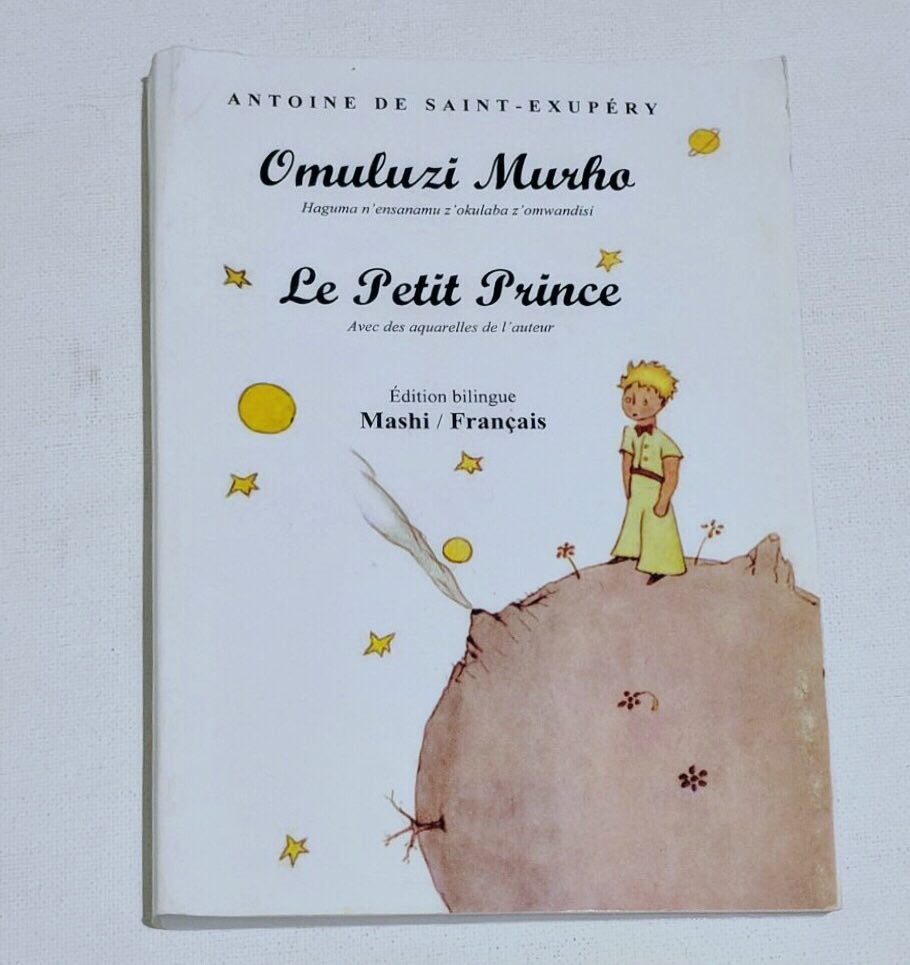
Omuluzi Murho – in Mashi (Kamaxi) or Kwandu. This book is published in Kinshasa, Democratic Republic of the Congo.
Mashi, also known as Kamaxi or Kwandu, is an under-documented Bantu language spoken in the regions bordering Zambia, Bukavu, Congo and Angola. Part of the larger Bantu language family, which encompasses hundreds of languages across Central, East, and Southern Africa, Mashi is spoken by a relatively small population, which makes it less known compared to more widely spoken Bantu languages.
As a Bantu language, Mashi likely shares the typical features of the Bantu linguistic group. Bantu languages are known for their noun class system, which affects not just nouns but also agreement with verbs, adjectives, and pronouns. This system categorizes nouns into various classes based on semantic and grammatical features. Bantu languages tend to be agglutinative, meaning they form words by stringing together morphemes (the smallest units of meaning) without altering them as much as in fusional languages. This leads to relatively long words that express complex concepts.
Like many African languages, Mashi is likely to be tonal, meaning the pitch or tone used when saying a word can change its meaning.
Mashi is spoken in areas that are often rural and may have limited access to education and resources in the speakers’ native language. This can pose challenges for language preservation and documentation, especially as younger generations may shift to more dominant languages for economic or educational reasons.


